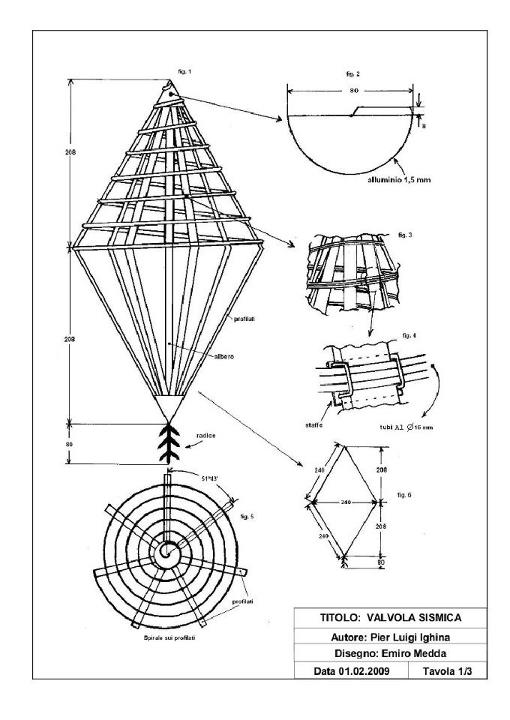South Koreans Scientists May Have Just Cured Baldness
/South Korean scientist team claims their new chemical prevents hair loss and even regrows hair.
It's called PTD-DMB and already works on mice but hasn't been tested on humans yet. If it works, this could be a hugely successful product despite there already being other hair growth products because according to the American Hair Loss Association (AHLA) 99% of these products are ineffective. The future is looking hairy.
Balding is a major issue around the world for both men and women. Hair is a symbol of youth, vitality, beauty, and even wisdom. A person's hair can be customized in so many different ways to express one's unique character and can change often with societal trends or at moments of personal transformation. Without the element of hair to express oneself, being left with just your bare head may seem limiting. However, people may seem more trustworthy, clean, confident, etc instead.
U.S. Balding Stats
- MEN: According to the American Hair Loss Association (AHLA), by the age of 35 ~66% of American men lose some hair and ~25% before they turn 21. Almost all (95%+) is due to male pattern baldness (MPB).
- WOMEN: 40% of Americans losing hair are women and is even more stressful than for men because women care more about their appearance. Basically, a bald woman looks weirder than a bald man.
South Korean Hair Care Solution
The team of scientists at Yonsei University in Seoul studying follicles of hair loss patients found a very interesting pattern. The ones balding had a lot more CXXC5 protein on their skin than those people with a normal head of hair. When this CXXX5 protein combines with the disheveled protein, they block the hair follicles from growing more hair.
Team leader, Choi Kang-yeol, said “We have found a protein that controls the hair growth and developed a new substance that promotes hair regeneration by controlling the function of the protein,” Choi told Business Korea. “We expect that the newly developed substance will contribute to the development of a drug that not only treats hair loss but also regenerates damaged skin tissues.”
So, they created a secret bio-chemical called PTD-DMB to block the hair-growth-blockers.
Human-Ready?
Sorry, PTD-DMB is not ready for humans yet. It has been tested on mice, who grew more hair after 28 days of use, and is currently being tested on other animals for toxicity to determine if it's safe for testing on humans.
Sources:





















